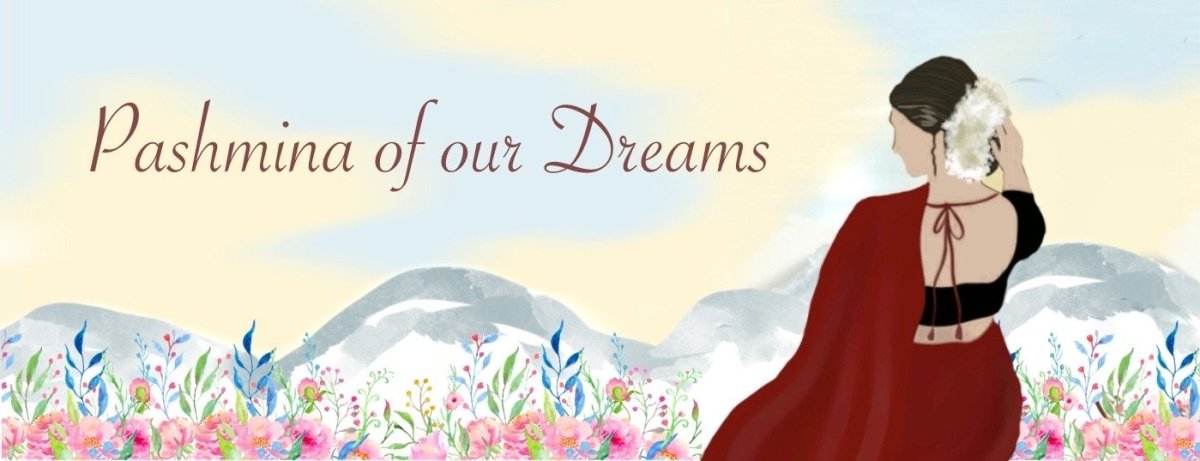
Pashmina of our Dreams
We love our pashmina, the light as feather, soft as butter fabric, when wrapped around the skin feels luxurious that keeps us warm and cozy during the harsh chilly winters. But as we say goodbye to the cold weather, we tend to keep this elegant work of art tucked securely inside our closet, patiently waiting for the breeze to get cooler again. But do we really need to? Can't we wear a pashmina any time of the year? Well, the answer to that is yes, we can. We may be a bit apprehensive as we are conditioned to believe that wool is best for autumn, winter and spring, however, pashmina is not just any kind of wool.
So how exactly is pashmina different? Unlike other wool, this is not collected by shearing but by combing the Himalayan goats. As this is the under fleece of the goats, it tends to be more fine, light and luxurious. As pashmina is quite flexible and non-absorbent, it is an excellent accessory for the summers too. Pashmina doesn’t absorb sweat like cotton does but allows it to evaporate and air can pass through it, so you actually feel cool. It's a beautiful feeling! :)
Pashmina spans over centuries. There's a reason as strong as its fibre as to how Kashmiri Pashmina shawls have retained their value in the world market. Care to find out what goes into the making of the most exquisite shawls the world has ever seen...?
THE PROCEDURE & ITS EXCLUSIVITY:
The making of an authentic Pashmina shawl/stole/saree involves collecting the fine hair of the Pashmina goat, sorting raw Cashmere, spinning, weaving, and creating a world-class shawl. The entire process is both extensive and thorough and demands a precision that is possessed by only a handful of artisans. Depending on the complexity of the embroidery work hand-done on it, it takes around 6-9 months for one piece to be done!
THE INTRICATE EMBROIDERY:
For embroidering the shawls, the design to be embroidered on the shawl is traced out with perforated lines. It is then imprinted onto the shawl using a fine powder in a contrasting color through the perforations. Once the tracing was removed, the outlines would be visible on the shawl for the embroiderer to start working on. These days however, the embroiderers may also use wooden blocks with carved out designs to make the tracings on the shawl. From intricate designs woven into shawls to those painstakingly embroidered detailed work, some even have thousands of stitches and no two hand-crafted pashmina products are ever the same.
We’re thrilled to have been able to witness this process and launch a collection around it! Have you checked it out yet? https://suta.in/collections/pashmina-khwaab


